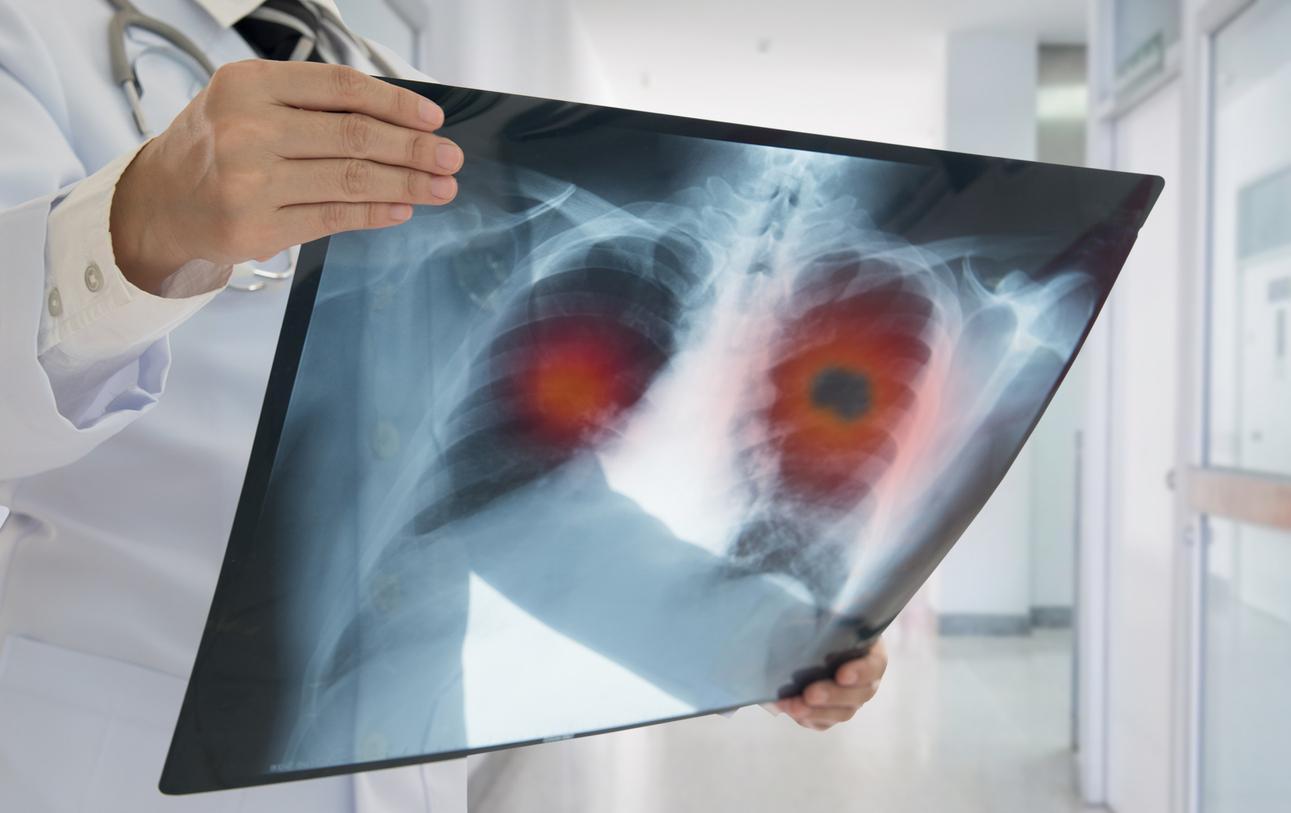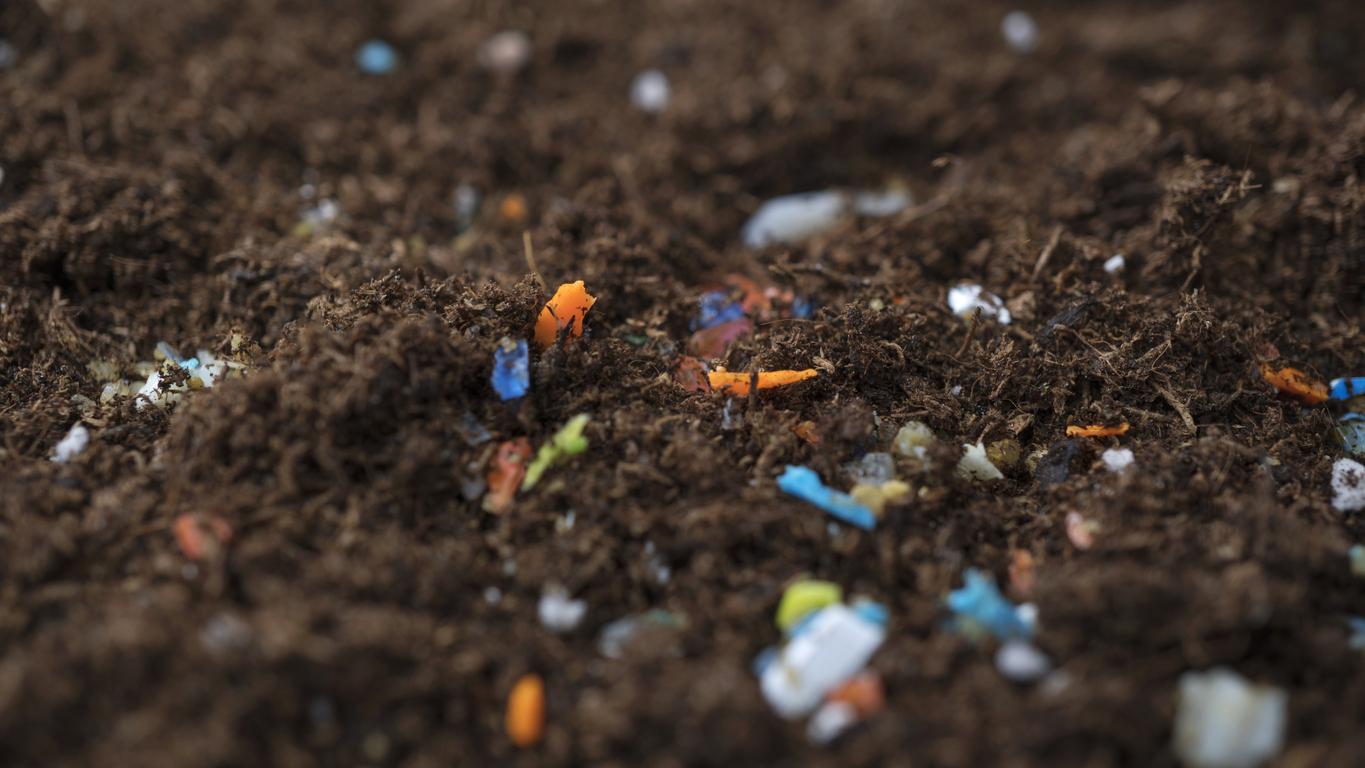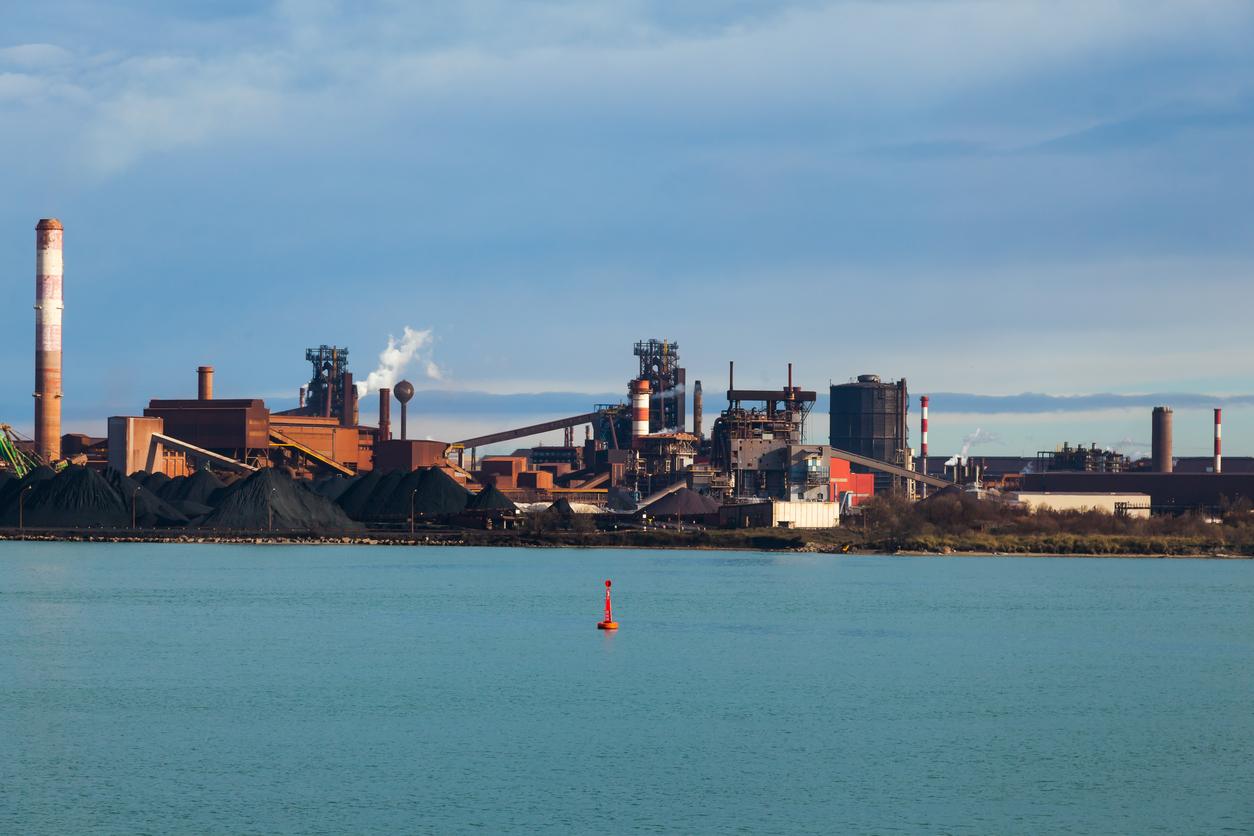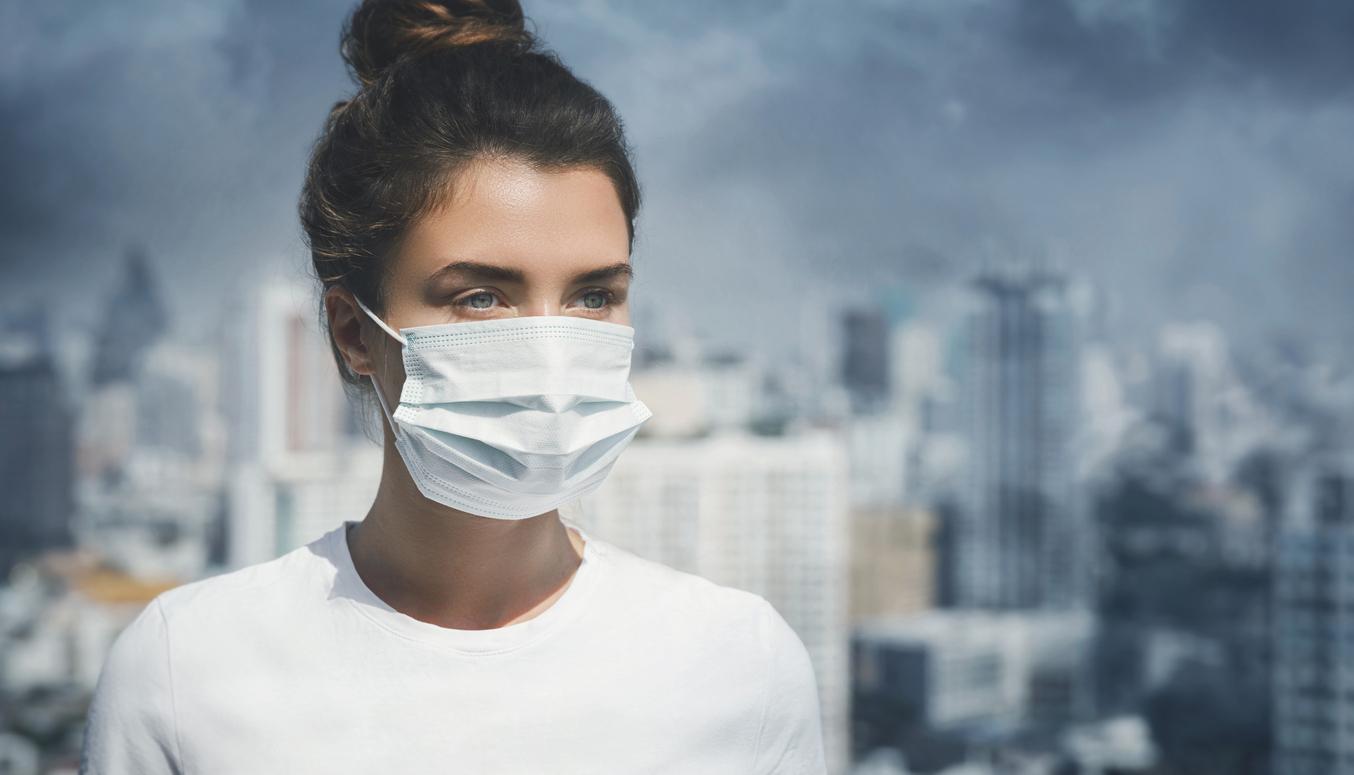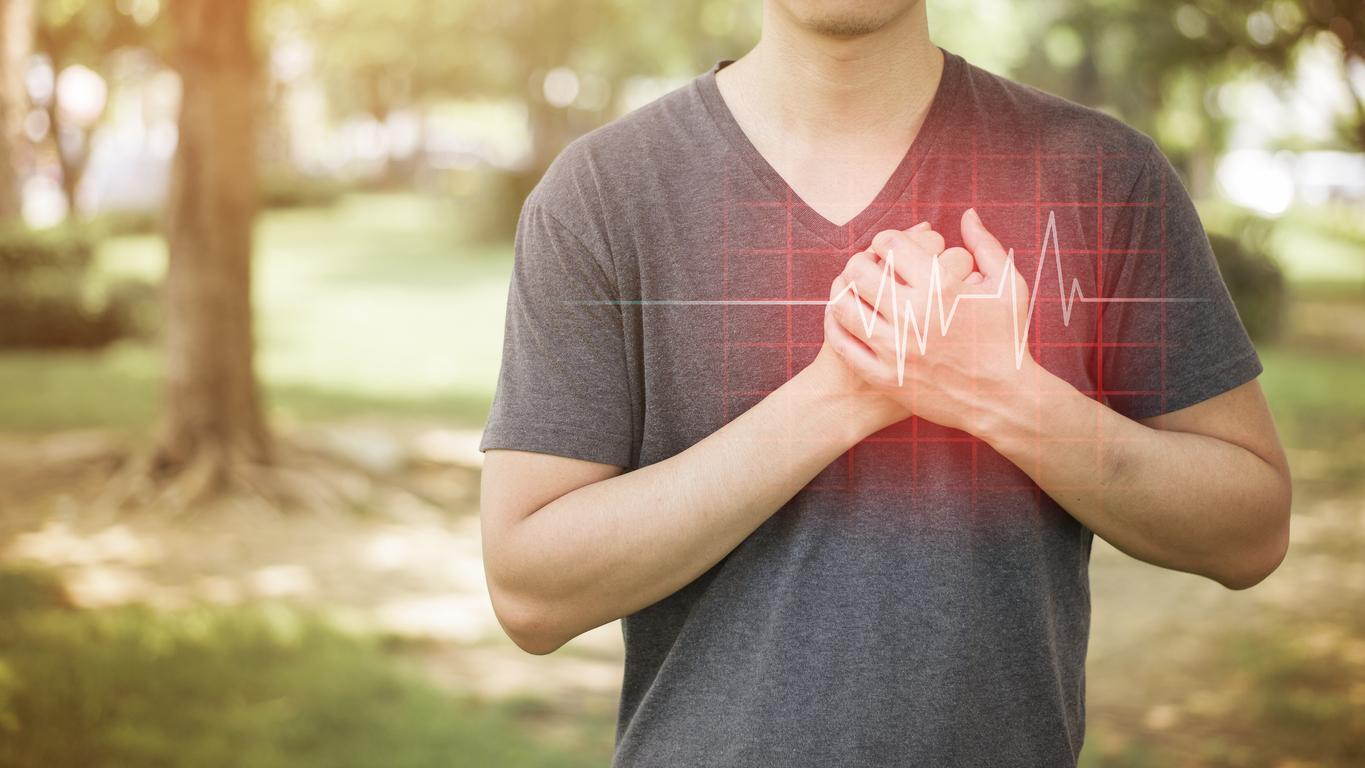If you are one of those worried about air pollution, know that it doesn’t always hide where you think it is. Numerous in mid-July on the occasion of the national holiday, fireworks would increase the rate of particles in the air and therefore atmospheric pollution on an ad hoc basis. Because after the detonation and the enchantment of the colors, place a rather toxic cloud of smoke. This is the finding of an American study published in the specialized journal Atmospheric Environment.
Researchers sifted through air quality data from 315 fireworks sites across the United States over several years. They compared the rates of fine particles less than 2.5 micrometers (PM 2.5) measured on the evening of July 4 (national holiday celebrating the independence of the United States) to those measured during the days preceding or following the fireworks (the 2, 3, July 5 and 6).
After analyzes, the scientists noted a 42% increase in the rate of fine particles, particularly carcinogenic, throughout the country on the evening of July 4 compared to the “control” days around the event. The air quality is worst between 9 p.m. and 10 p.m. on July 4. It returns to normal around noon on July 5, the day after the fireworks display. And according to observations from 67 fireworks sites, the increase in PM 2.5 occurs regardless of the day July 4 falls, whether on a weekend or during the week. The increase in the rate of PM 2.5 is therefore not only due to automobile traffic or industry.
For the authors of the study, it is therefore likely that spectators installed near fireworks or exposed to fumes due to the wind are subjected to fine particle levels higher than health standards. People with cardiovascular disease or lung problems should therefore take a few precautions, including making sure to stand upwind and watch the fireworks from a relatively distance away to escape the cloud of smoke as much as possible.
Read also :
Fine particles: even low exposure is dangerous for health
Fine particle pollution: how to protect yourself?
Infographic: all you need to know about air pollution








